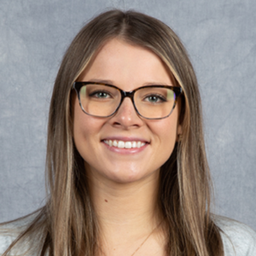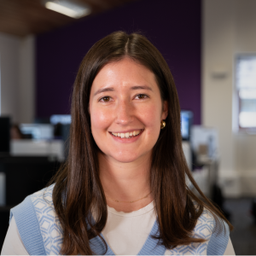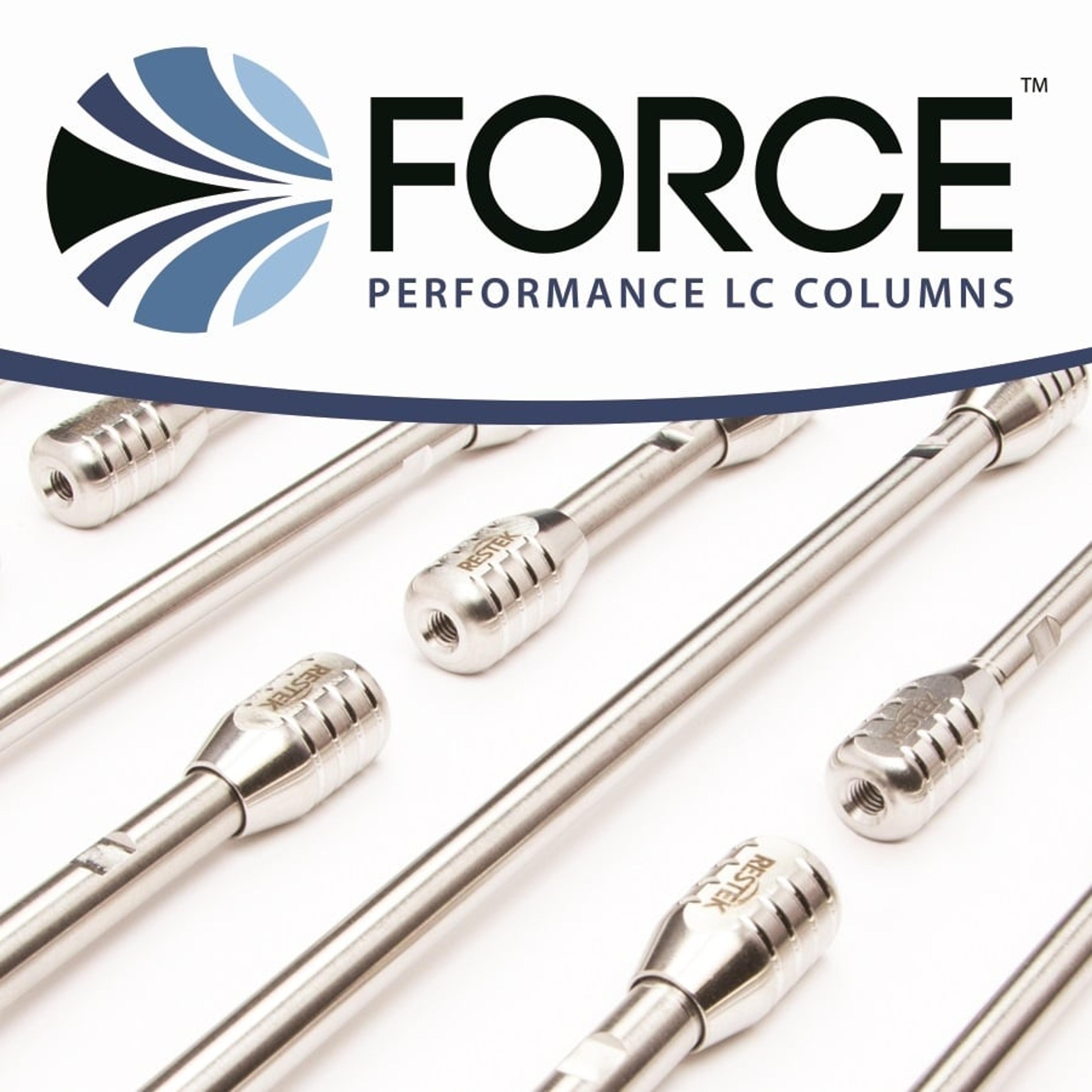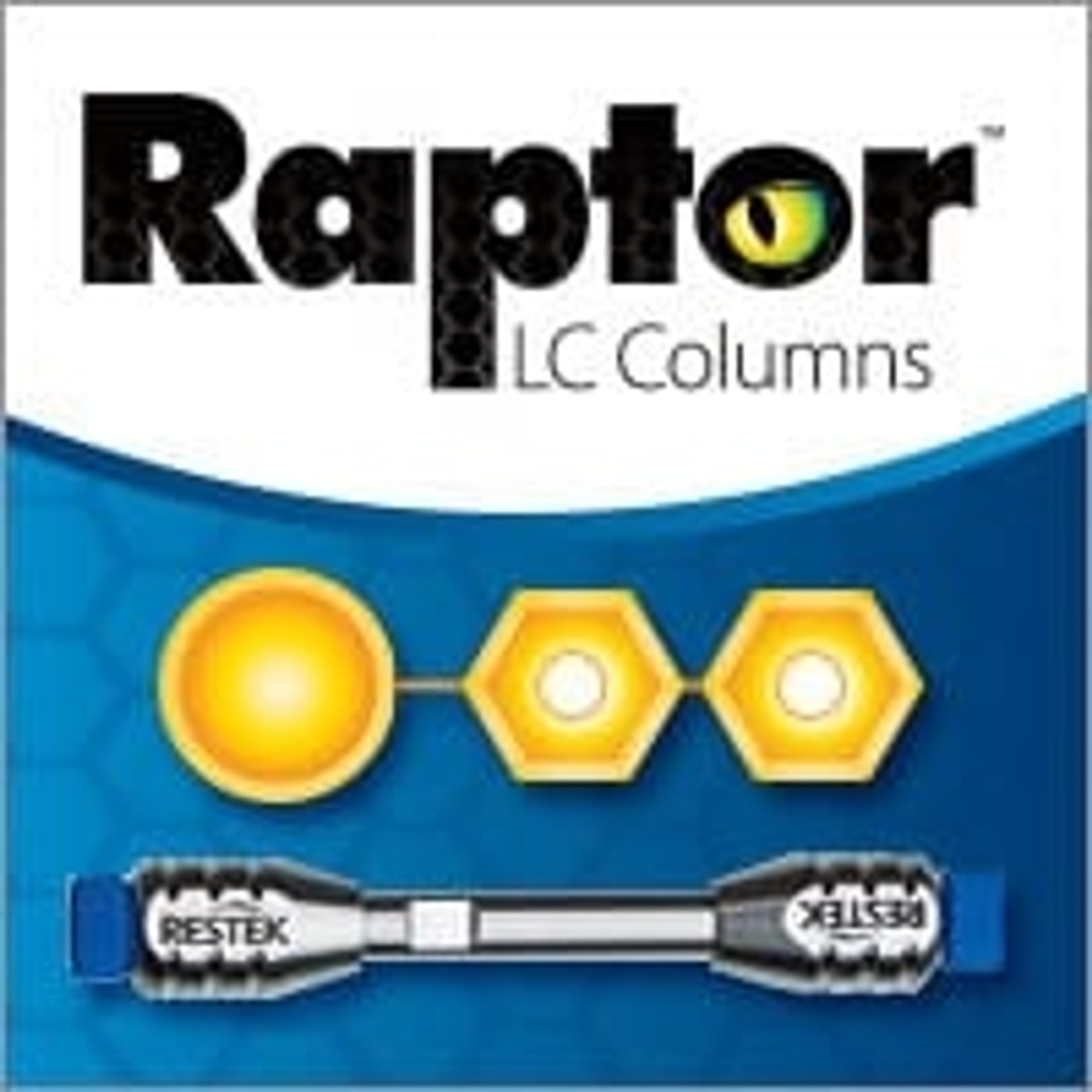
Why biphenyl is replacing C18 in HPLC
Tuesday, November 18, at 16:00 GMT | 17:00 CET | 11:00 EST | 8:00 PST
Developing a new HPLC method often follows a familiar routine in many laboratories: select a C18 column, run a few test injections, and hope for sufficient retention and separation. While C18 remains a widely trusted and globally adopted stationary phase, this webinar introduces a fresh perspective on what’s often considered a 'generic' choice.
Join Application Scientist, Samantha Herbick as she explores the retention profiles of various C18 columns, highlighting that not all C18 phases are created equal, and examines the structural modifications permitted within the USP L1 classification.
She will also introduce biphenyl phase and compare it to C18, showcasing how its unique ligand chemistry offers alternative retention mechanisms that can reshape your approach to method development.
Key learning objectives:
- Explore an overview of the retention mechanisms at play with various C18 column types
- Discover how biphenyl columns retain, how they differ from C18, and how you can benefit from these differences
- Uncover the best practices for successful utilization of biphenyl columns in LC methods
- Hear examples of biphenyl chromatography in applied solutions, with contrast against C18 in the same application
Who should attend?
- Analysts, method development specialists, research chemists, lab managers, and anyone interested in LC-MS.
Certificate of attendance
If you attend the live webinar, you will automatically receive a certificate of attendance, including a learning outcomes summary, for continuing education purposes.
If you view the on-demand webinar, you can request a certificate of attendance by emailing editor@selectscience.net.
Speakers

Samantha Herbick attended Duquesne University where she earned a bachelor’s degree in Biochemistry and a master's degree in forensic science and law. She now works as an applications scientist within the LC Solutions Department at Restek. Prior to joining Restek, she worked as a scientist and method developer in a forensic toxicology lab. In this role, she performed analysis on toxicology casework and worked on the development and validation of new and existing assays using LC-MS/MS, GC-MS, and GC-FID.
Moderator



